Why I love shellac
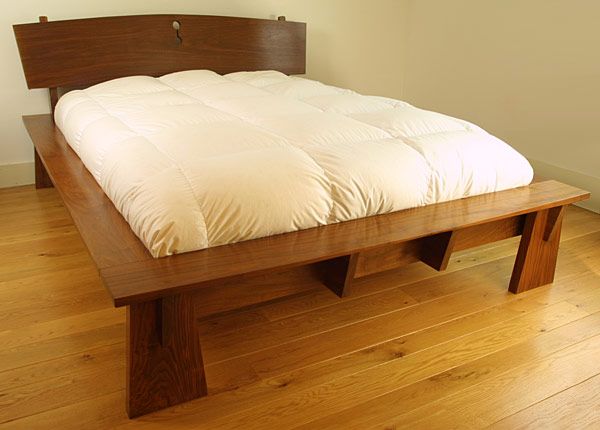
I used shellac on its own for this Asian-style bed, brushing it on in thin coats. I started with amber shellac out of the can, to warm up the walnut, before finishing with the clearer SealCoat variety, also out of the can. Still looks phenomenal after 10 years.
I hate finishing, but I hate it much less when I use shellac. Backhanded compliment, sure, but if you knew how much I hate finishing, you’d really be impressed!
OK, enough nonsense. Here are all the things I love about this centuries-old wonder finish. First, it smells great as you are using it, kind of old-timey, like oiled leather or fine wine. It goes on with a rag or a brush, depending on how much you’ve thinned it and how you are using it. It dries super-fast, completely cured and ready for sanding in two hours or so, meaning by the time I finish a number of parts and assemblies and take a coffee break. I’m ready to sand lightly and apply another coat.
Also, shellac can add tone, much more safely and predictably than stains and dyes in my experience. You can use the amber variety out of the can, for example, (but thinned a bit) to add warmth when your walnut looks too cool for its own good.
I also love that you can just let your brush dry hard, and just sit it in some shellac for 1/2 hour or so to resoften it the next time. That’s because wet shellac dissolves hard shellac, even hundreds of years later, which is why coats bond to each other so beautifully.
Best of all, shellac just looks and feels fantastic. It is a very hard and crystalline finish, and the wood shines through gorgeously.
Not convinced yet? How about the fact that shellac is also the greatest sealer, going under almost any other finish to prevent blotching? Try a very thin coat, wiped onto on cherry before applying oil. Fantastic. Phenomenal. Unparalleled. Etc. Best of all, any other finish goes over the top of it, as long as you used the unwaxed variety of shellac. Out of the can, that measn you’ll need to find SealCoat, not the normal amber and blonde stuff.
Some important tips. Whether you use shellac from the can or mix it yourself from flakes, use the unwaxed variety if you can and be sure of its freshness date. Waxy shellac is not as durable and water-resistant as unwaxed, and old shellac will never fully harden. Always thin shellac, down to a 1-1/2-lb. coat for brushing and thinner for wiping. And don’t linger as you apply it. Put it down as evenly as possible and move on, otherwise you’ll begin to drag the shellac as it gets gummy. For more info, FWW.com members can read Mario Rodriguez’s excellent recent article: “Make Shellac Your Go-To Finish,” in FWW #234.

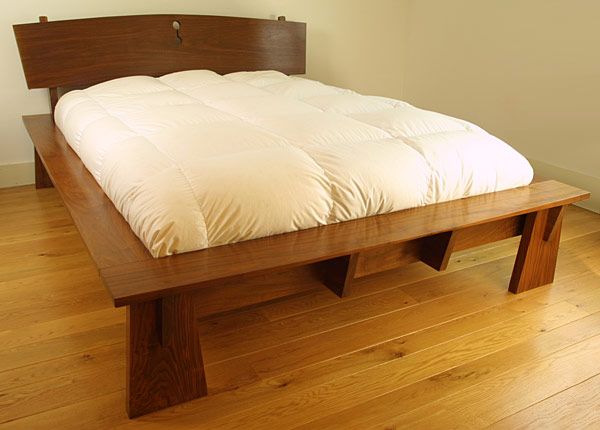


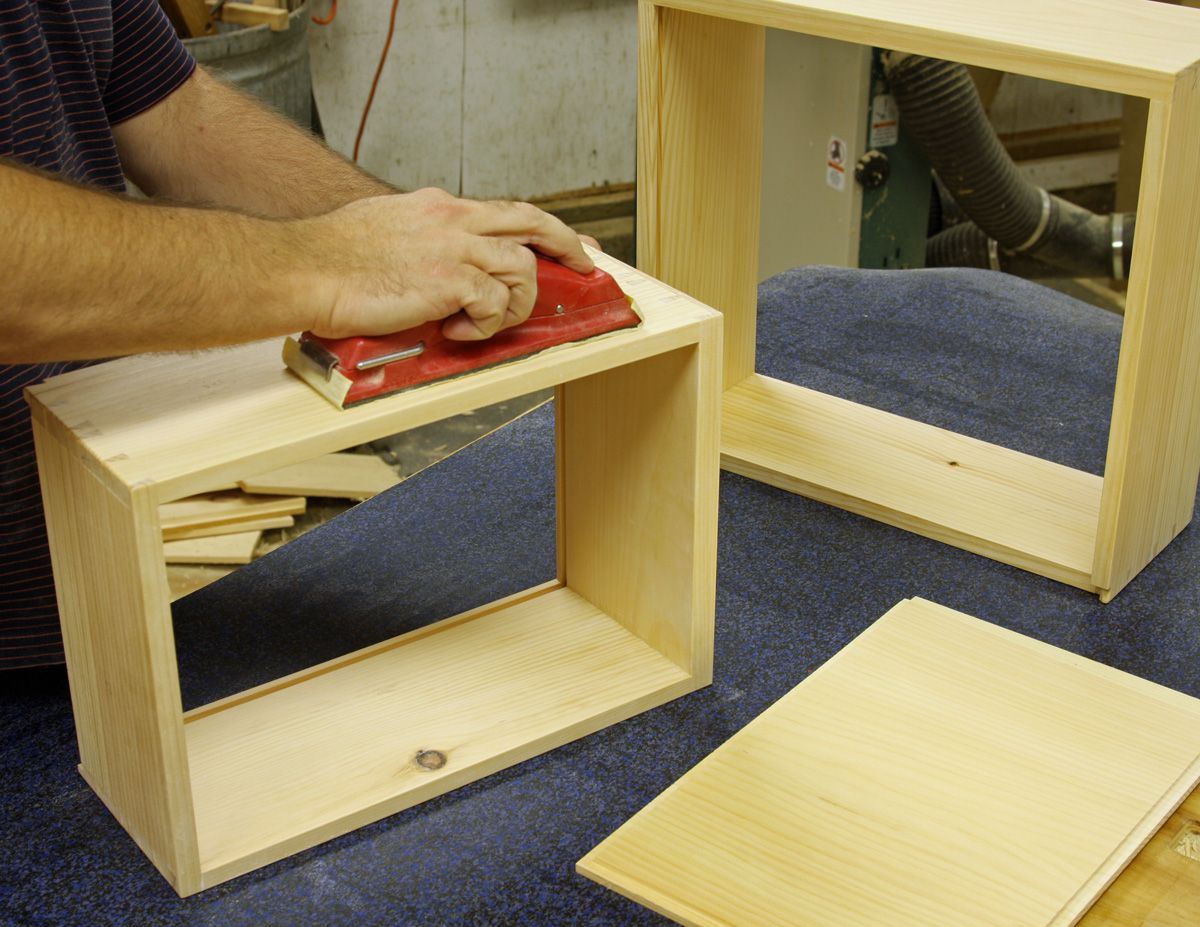
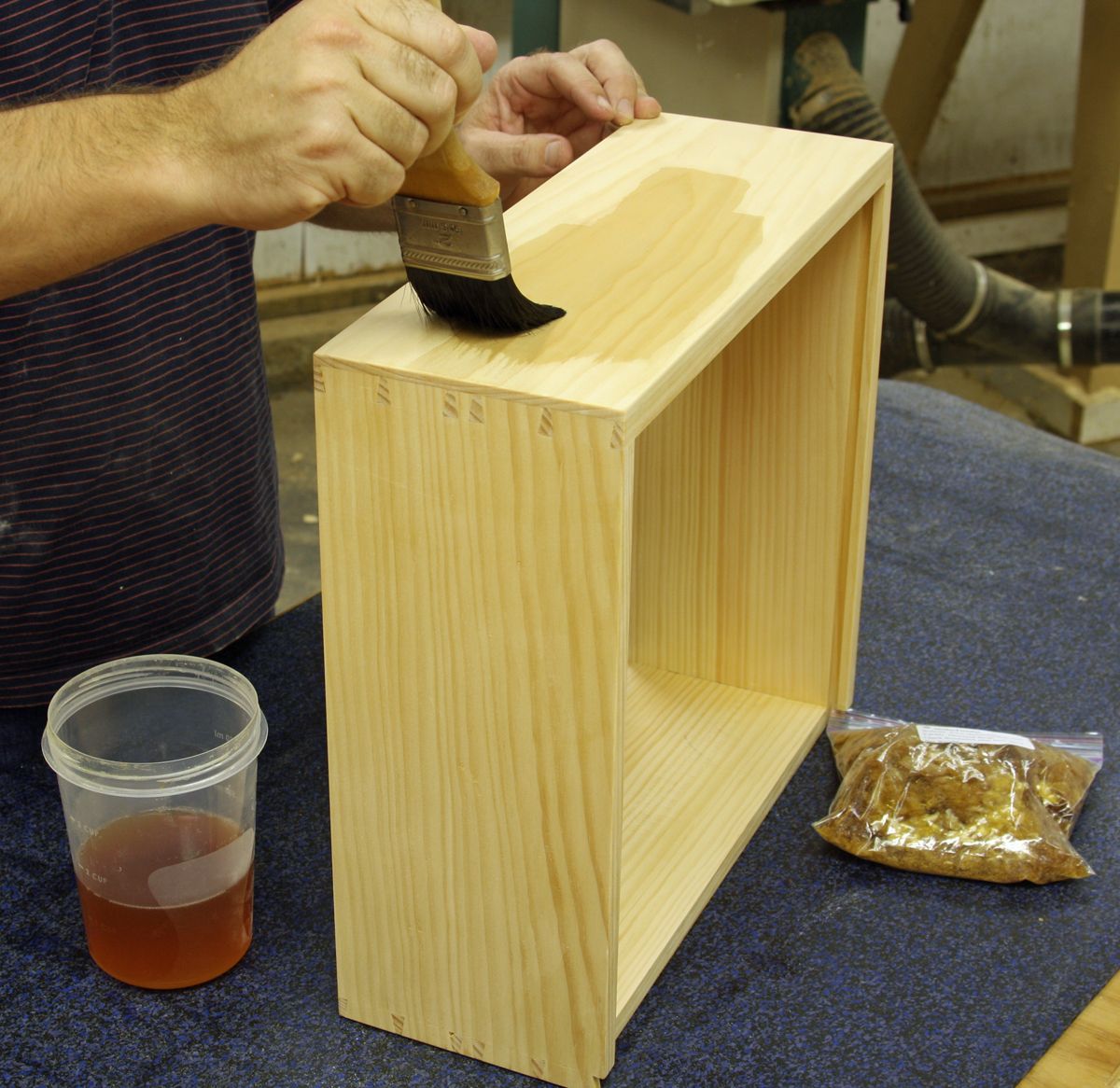
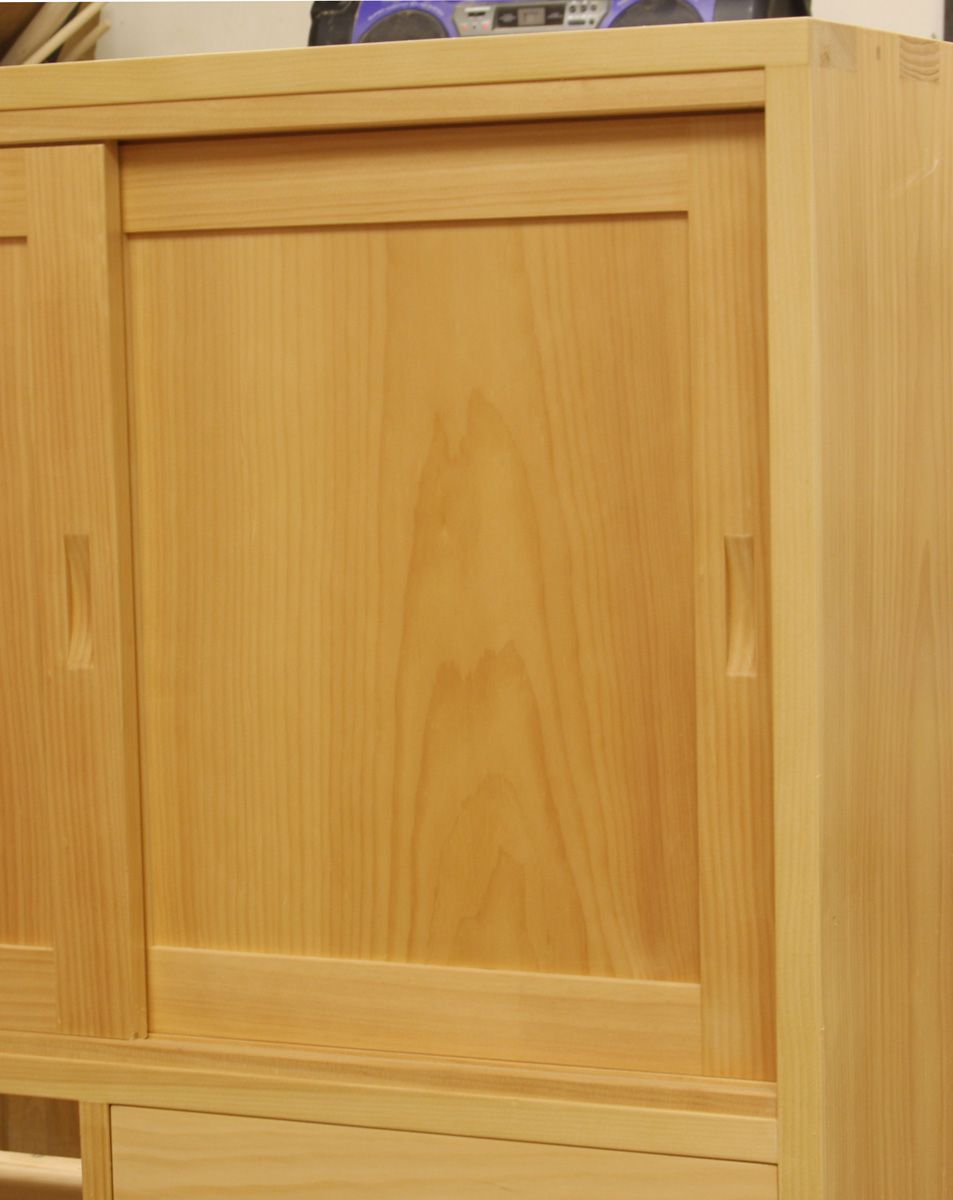
















Comments
well i never, after all these years and countless brushes later, someone now tells me about the dried brushes being dipped in the wet stuff, bloody hell what a goose
I agree totally with your comments having used shellac for decades, specifically Zinsser SealCoat. Unfortunately I've seen the price for this product practically double in the last few years (now $80 - $90 / gallon) here in Canada and only available in that size. Most resellers only bring it in by special order and insist on selling only in case lots (2 gallons) I wonder why. Is this situation true elsewhere? I hate to have to give up on such a fine finish over economics.
I have a lovely black walnut dining table and chairs. It was finished by the builder with a pre-cat lacquer and it must have been done in a humid environment because it is cloudy, especially noticeable when viewed at a low angle. Can I apply shellac over the top to bring out a better lustre? I tried wax, but got poor results and I took it back off.
I LOVE Shellac! I mix my own. Sometimes finding alcohol that doesn't stink is a problem... Do NOT use that stuff you find in the box stores. anything with a kerosine additive will give you a horrible headache after just a little while. I found that if I use the spendier types you find in Woodcraft or Rockler stores its not too bad at all. I've even used Everclear from the liquor store. I use a high alcohol content if I want to just flash a sealer coat on, then use a mix with a lower content to finish up. The greatest thing is you can wipe away your mistakes with just a rag with alcohol only on it. It builds fast and clear and like the man says, it dries fast! I use it on all my turning and just about everything else. The only other finish I use is a water based wipe on poly. It takes longer than Shellac, and it is harder to clean off if you mess it up, but it is my second easier finish to use. I use it if I want a perfectly clear finish without any "amber glow" to it.
In my 40+ years of woodworking, I've seen proof that steel wool particle-traces will rust on a cherished project, I never use it for rubbing or waxing.
Instead, I use abrasive material, usually purple, green and gray in name-brand types. The green is used for course rubbing/sanding, the purple is for between coats and gray does the job of 0000 steel wool, for a final rubbing on the top coat. It's works great with shellac and all other finishes.
It can be purchased in paint stores and in most box stores at reasonable prices. It goes a long way, as the small sheets can can be easily cut into desired portions, with a pair of scissors.
I've even cleaned it with the dish soap and water (thinner first, with non water-based finishes) and allow pads to air-dry for another use.
I also have exceptional results with using the gray for paste wax applications, for a final and durable finish.
I recently did my first run at shellac and the results weren't so good. I brushed Zinsser amber tint onto what I thought was nice shop-grade birch plywood and it blotched up pretty bad.
I had thinned it down and kept it mixed well. Plus I noticed the tint or dye had a tendency to collect on the edges. I used one of those disposable foam brushes.
I guess you could say I violated the first rule and that's try a decent sized test piece first. Maybe some sort of pre wood conditioner applied first would have helped.
A couple of more coats evened it out a bit more towards the acceptable range. My conclusions were to not combine the tint or dye with the shellac, always check to see how your wood will accept the dye or stain first and maybe I'll try using a decent brush instead of foam or spray it.
I used Tung oil on the cherry drawer faces and that turned out real nice and very easy to work with.
I'll keep at it. I want to love shellac too. :)
MSBeal, ditch the foam brushes in favor of a good natural bristle brush. Don't skimp on quality and you can use it for years. Also, bag the tints. Use flakes instead which come in a variety of tints. Shellacfinishes.com is a great source. Last, lay down the shellac and don't go back over it much. It starts to dry quickly and then you'll just drag it into those blotches you talked about. Do all that, and you'll be feeling the love.
Where can I get the plans for that "Asian style" bed (featured when discussing shellacs) ?
I, too, love shellac. I resist some of the hyperbole and misinformation in the article, however. It is simply false to say that shellac is "completely cured... in two hours, or so". Unless the "or so" means 48 hours or more. While it is true that thin coats may be ready for light sanding in two hours, it is easy to verify that complete curing takes much, much longer. Compare the look of your sandpaper and the resulting dust at the two hour mark with the results at eight hours, sixteen hours, twenty-four hours, and so on. You will see the difference.
If you can give your shellac more time before sanding, especially if you are trying to level the finish, your results will be better.
Sorry, no plans available for the bed. I copied it from one I saw in a catalog.
Log in or create an account to post a comment.
Sign up Log in